ant plant
valerie_mi
16 years ago
Featured Answer
Comments (27)
rhizo_1 (North AL) zone 7
16 years agolast modified: 9 years agovalerie_mi
16 years agolast modified: 9 years agoRelated Professionals
Accokeek Landscape Architects & Landscape Designers · Ballwin Landscape Architects & Landscape Designers · Mooresville Landscape Contractors · Azalea Park Landscape Contractors · Cordele Landscape Contractors · Cupertino Landscape Contractors · Euclid Landscape Contractors · Marlborough Landscape Contractors · Middleton Landscape Contractors · Newnan Landscape Contractors · Wallingford Landscape Contractors · Weymouth Landscape Contractors · East Norriton Landscape Contractors · Shenandoah Landscape Contractors · Millbury Handymantrace00969
16 years agolast modified: 9 years agovalerie_mi
16 years agolast modified: 9 years agolucy
16 years agolast modified: 9 years agonaturelover_mtl
16 years agolast modified: 9 years agonanw_4wi
16 years agolast modified: 9 years agovalerie_mi
16 years agolast modified: 9 years agonanw_4wi
16 years agolast modified: 9 years agorhizo_1 (North AL) zone 7
16 years agolast modified: 9 years agovalerie_mi
16 years agolast modified: 9 years agobirdsnblooms
16 years agolast modified: 9 years agovalerie_mi
16 years agolast modified: 9 years agopirate_girl
16 years agolast modified: 9 years agorhizo_1 (North AL) zone 7
16 years agolast modified: 9 years agobirdsnblooms
16 years agolast modified: 9 years agonaturelover_mtl
16 years agolast modified: 9 years agovalerie_mi
16 years agolast modified: 9 years agopirate_girl
16 years agolast modified: 9 years agoooojen
16 years agolast modified: 9 years agogreenelbows1
16 years agolast modified: 9 years agoooojen
16 years agolast modified: 9 years agobirdsnblooms
16 years agolast modified: 9 years agoPoohBearLvr
8 years agorhizo_1 (North AL) zone 7
8 years agoPoohBearLvr
8 years ago
Related Stories

GARDENING GUIDESInvite Mining Bees to Your Garden by Planting Their Favorite Plants
Look for mining bees (Andrena) pollinating woodland wildflowers in U.S. gardens this spring
Full Story
GARDENING GUIDESGreat Design Plant: Butterfly Milkweed, a Beacon in the Prairie
Vivacious orange flowers for you, nectar for the butterflies and bees. Asclepias tuberosa is worth planting for more reasons than one
Full Story
GARDENING GUIDESGreat Design Plant: Sambucus Nigra
Common elderberry is a highly adaptable shrub from the eastern U.S., with berries galore for wildlife and humans alike
Full Story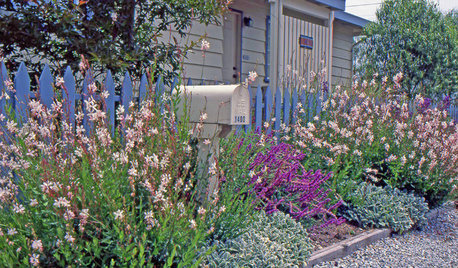
GARDENING GUIDESGreat Design Plant: Gaura Lindheimeri
Delicate, butterfly-shaped flowers ‘float’ above the foliage of this lovely, drought-tolerant perennial
Full Story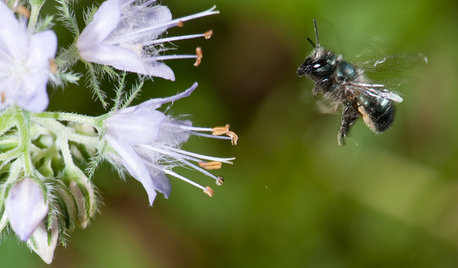
NATIVE PLANTSGreat Design Plant: Hydrophyllum Virginianum
This reliable, shade-tolerant native plant provides spotted foliage and clusters of pink flowers in eastern U.S. woodland and shade gardens
Full Story
EDIBLE GARDENSGarden BFFs? Why Your Vegetables Are Begging for Companion Plants
Foster friendships among plants for protection from pests, pollination support and color camaraderie
Full Story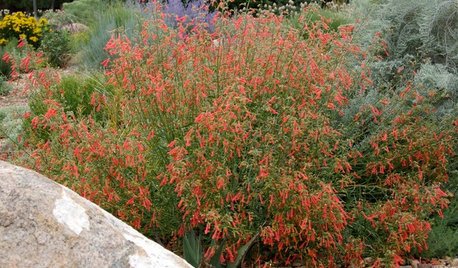
FLOWERSGreat Design Plants: Penstemon Rostriflorus
Plant bridge penstemon, also called mountain fountains, for its long-blooming scarlet spikes that act like a living hummingbird feeder
Full Story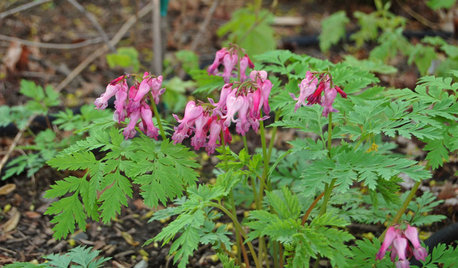
GARDENING GUIDESGreat Design Plant: Dicentra Eximia Brightens Shady Gardens
This North American bleeding heart species blooms from spring to fall and welcomes bees and hummingbirds
Full Story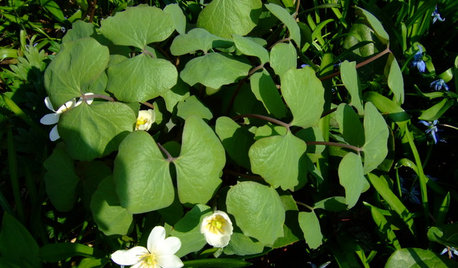
GARDENING GUIDESGreat Design Plant: Jeffersonia Diphylla
The long-lasting foliage of this eastern North American native excels at filling in a shady garden
Full Story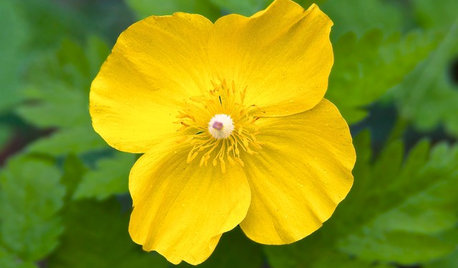
GARDENING GUIDESGreat Design Plant: Stylophorum Diphyllum
Appalachian native celandine poppy’s flowers and foliage combine to brighten a woodland garden well into summer
Full Story









rhizo_1 (North AL) zone 7